Language is evolving faster than ever. As 2025 unfolds, acronyms and texting shorthand like “WTW” dominate informal and even semi-formal digital conversations. Understanding such slang is no longer optional—it’s essential for navigating everyday communication, whether you’re engaging in friendly chats, managing social media, or even interpreting messages from Gen Z coworkers.
In this in-depth guide, we’ll explore:
- What WTW means and stands for in text.
- How it’s used in different tones (casual, polite, and professional).
- A breakdown of “And” in texting language.
- Synonyms and alternate expressions for WTW.
- 11 real-life example sentences.
- Guidance on when to use which variation, depending on the context.
Let’s decode it all, clearly and completely—so you’re never left wondering “wtw does that mean?” again. 😉
What Does WTW Mean in Text?
WTW is an acronym for “What’s the Word?” or “What’s the Word on the Street?” In texting, it’s used to start a conversation, check in casually, or ask someone what they’re up to.
💬 WTW = What’s the Word? (meaning: What’s happening? / What’s going on?)
In 2025, WTW continues to be used widely across platforms like Snapchat, Instagram DMs, WhatsApp, and even informal workplace chats on Slack or Discord.
✅ Common Variants and Interpretations:
- What’s up?
- What’s going on?
- Anything new?
- What are you doing?
- Are you free?
It’s often used by:
- Friends starting casual conversations.
- Acquaintances reconnecting after a gap.
- People expressing romantic or flirty interest subtly.
The Origin of WTW
The phrase “What’s the word?” originated in African American Vernacular English (AAVE) and hip-hop culture. Over time, it morphed into a texting abbreviation—WTW—and became common in informal circles. Its continued use in 2025 shows how slang evolves yet retains cultural roots.
Today, WTW also functions like a mood checker or availability probe, making it especially relevant in an era of asynchronous texting.
What Does “And” Mean in Text? (AnD)
While “And” typically retains its grammatical function even in text (connecting clauses or ideas), stylized variations like “AnD” (with random capitalization) often carry tone, sarcasm, or emphasis in 2025 digital conversation.
📌 Use of “AnD” in Text:
- “AnD you think that’s okay?” – sarcastic or teasing.
- “AnD then what happened?” – emphasis for storytelling.
These forms are more stylistic than lexical. They’re used for tone conveyance—a technique growing in importance due to voice loss in typed text.
⚠️ Tip: Random caps (like “AnD”) can change tone from neutral to snarky or humorous.
WTW Synonyms: Polite, Casual & Professional Alternatives
To improve your communication, here are alternatives to WTW organized by tone:
🟢 Casual Synonyms:
- What’s up?
- Yo, what’s good?
- What’s going on?
- Sup?
- How’s it going?
These are perfect for friends, cousins, or anyone you talk to informally.
🔵 Polite or Friendly Alternatives:
- Hey! How have you been?
- Hi there! What’s new?
- Hope everything’s good—what are you up to?
- Been a while! Let’s catch up.
- Is now a good time to chat?
Ideal for acquaintances, distant friends, or colleagues outside of work.
🟣 Professional Alternatives (Light Chat or Networking):
- Hi [Name], just checking in—how’s everything going?
- Hope you’re doing well. Any updates on your end?
- Good to connect again—what’s new professionally?
- Wishing you a great week ahead. Would love to hear how things are going.
- Is now a convenient time to reconnect?
In professional settings, always aim for clarity, warmth, and respect.
11 Real-Life Examples of WTW in Use
Here’s how WTW is used naturally in conversations (2025 edition):
- “WTW, bro? Haven’t seen you in a while.”
➤ Used by a friend to reconnect casually. - “Hey! WTW tonight? Anything going down?”
➤ Asking about evening plans, possibly a party. - “WTW 👀 You’ve been quiet lately.”
➤ Checking in with slight curiosity or concern. - “WTW – should I pull up or not?”
➤ Asking if it’s okay to visit or hang out. - “Just landed in town. WTW later?”
➤ Letting someone know you’re available to meet. - “WTW bae 😏”
➤ Flirty tone, often sent in romantic context. - “Not tryna do much, just chillin. WTW tho?”
➤ Downplaying own plans while inviting the other. - “WTW with the group? We meeting or not?”
➤ Coordinating with friends or a group chat. - “It’s been forever—WTW these days?”
➤ Friendly reconnection after a long time. - “WTW 👂 Need some tea!”
➤ Looking for gossip or updates. - “Nothing much here. WTW at your end?”
➤ Mirroring the check-in, polite and casual.
Each example above reflects a distinct tone, context, and intent—highlighting WTW’s flexibility.
Tone and Context Matter: Choosing the Right Expression
Texting in 2025 is no longer just about words. It’s about tone control, intent, and audience awareness. Even shorthand like WTW must be:
- Tone-matched to the recipient
- Time-sensitive (e.g., don’t send at 3 AM)
- Purpose-driven (reconnect, flirt, plan, etc.)
👇 Example Comparison:
- “WTW 😍” = Romantic vibe
- “WTW boss, quick update?” = Inappropriate tone clash
- “Hey, what’s new on your side?” = Better for semi-formal use
Why Knowing Slang Like WTW Matters in 2025
Digital language fluency has become a soft skill in 2025—essential for:
- Networking across generations
- Brand engagement on social platforms
- Interpersonal relationships
- Avoiding miscommunication
Tools like WTW can build bridges—or create gaps—depending on your grasp of usage and nuance.
Is WTW Ever Inappropriate to Use?
Yes, there are certain contexts where WTW should be avoided:
- Professional emails or client communication
- Formal workplace chats unless there’s rapport
- When tone clarity is vital (e.g., HR cases)
✅ Replace WTW with: “Hope you’re doing well—any updates on your end?”
2025 Update: How AI & Culture Keep Changing Language
New data in 2025 shows that:
- Over 83% of Gen Z uses acronyms like WTW weekly.
- Conversational AI tools (like ChatGPT or Siri) have learned to interpret informal slang and respond accordingly.
- Employers increasingly value “digital tone literacy” as part of communication training.
Knowing terms like WTW isn’t about slang—it’s about fluent, modern communication.
Final Thoughts: Mastering WTW & Its Alternatives
WTW may seem like a small piece of slang, but it carries layers of meaning, tone, and cultural nuance. In 2025, mastering expressions like WTW can:
- Make your conversations more fluid
- Help you connect with others more naturally
- Ensure your tone matches your intent
- Avoid missteps in professional and social circles
Whether you’re saying “WTW” to an old friend, or “Hey, how have you been?” to a colleague, the key is context.


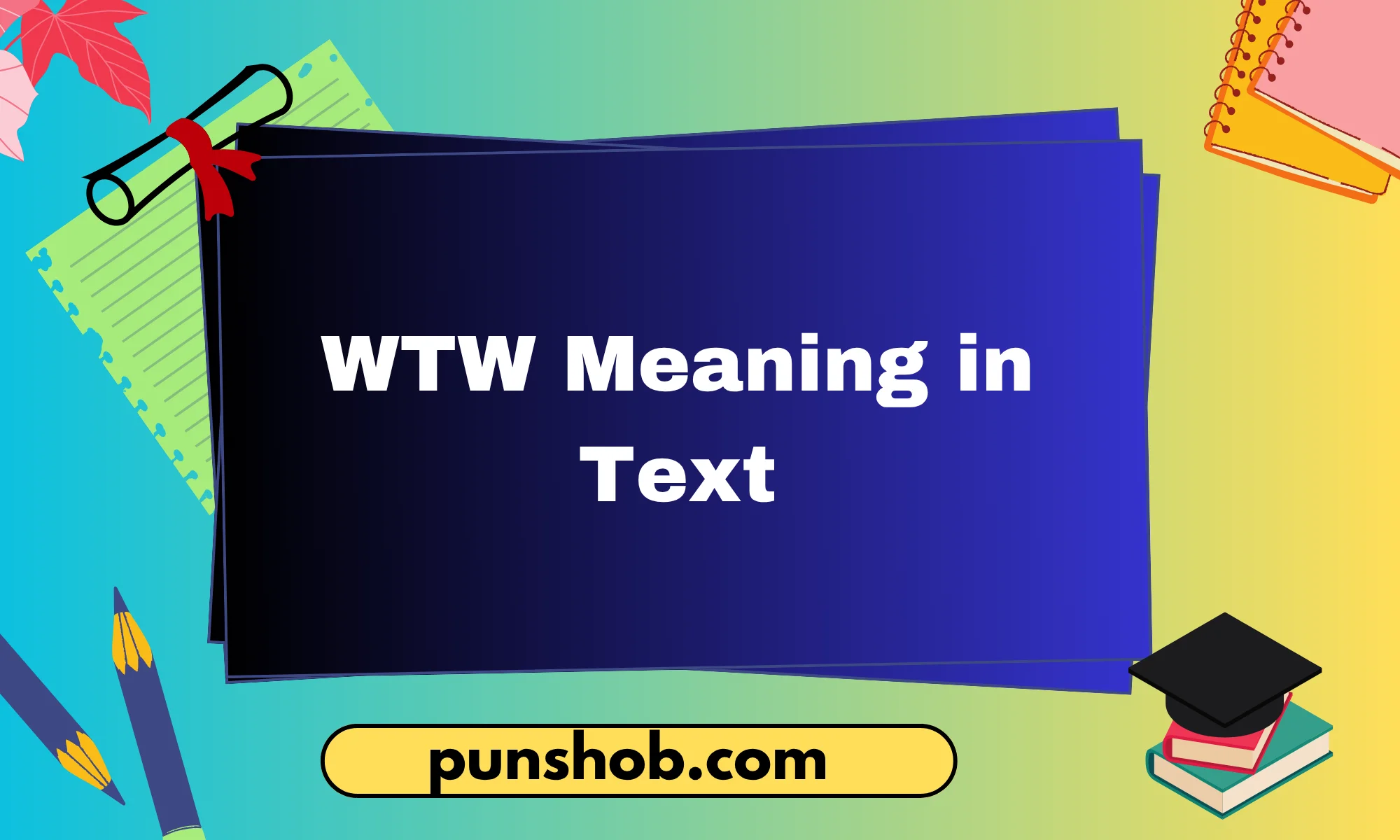
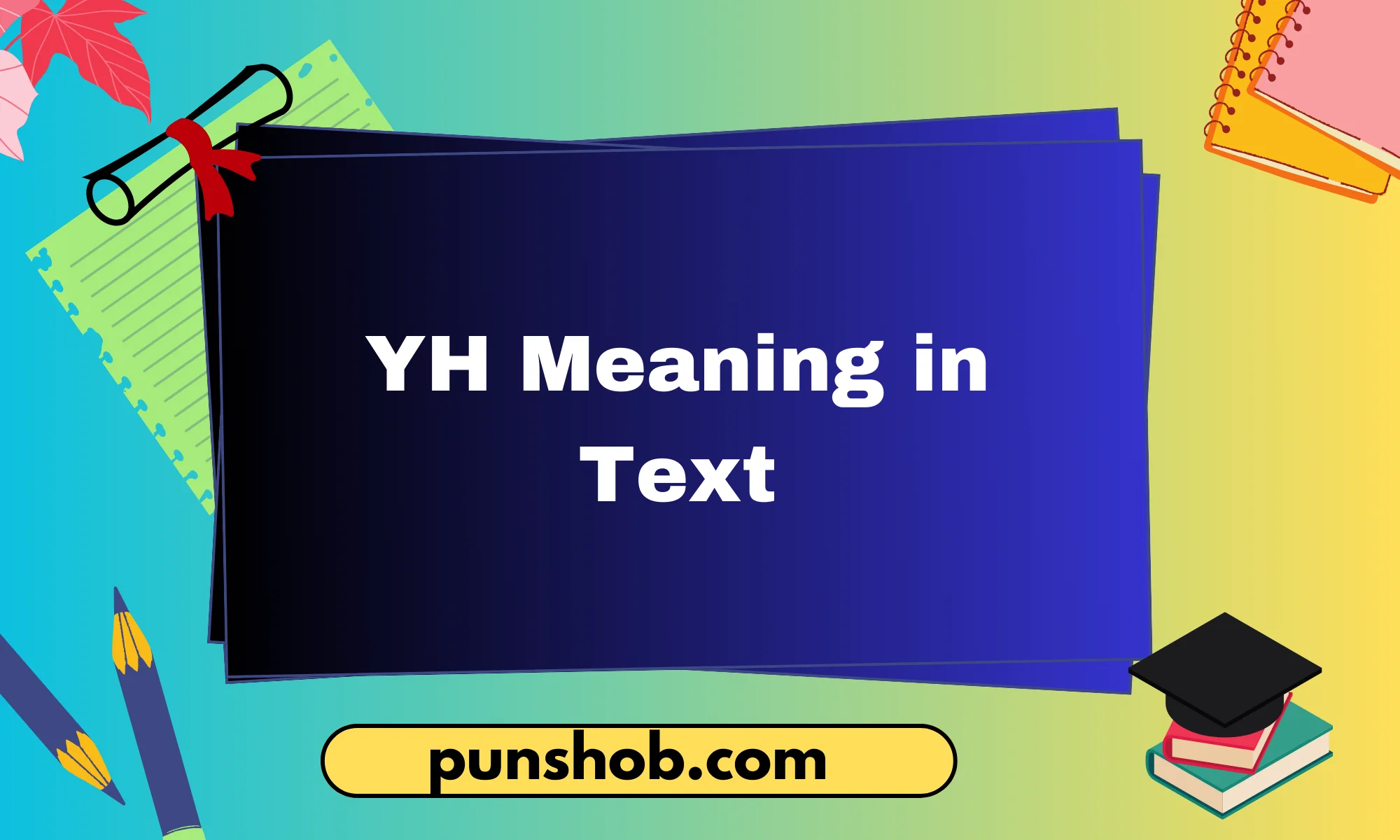
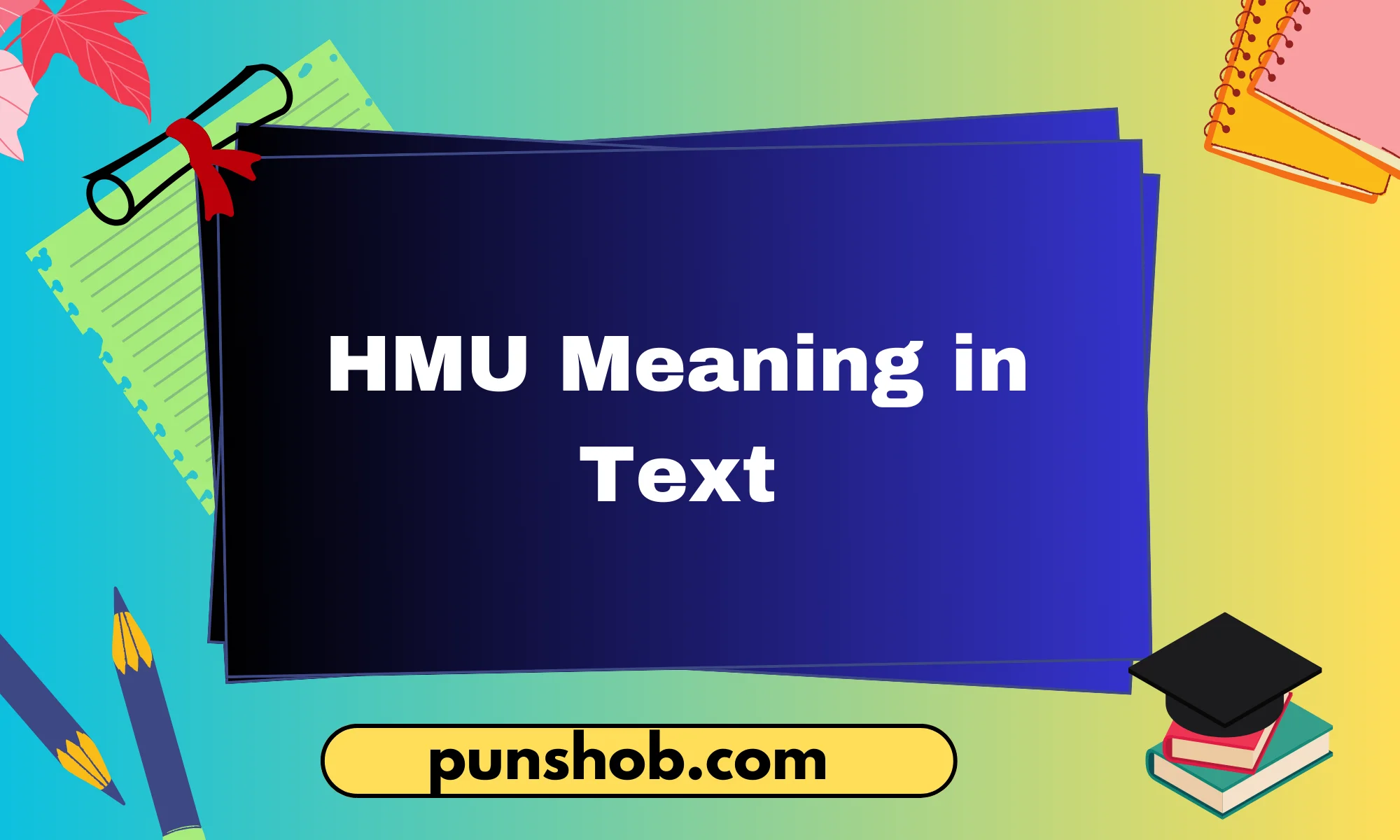
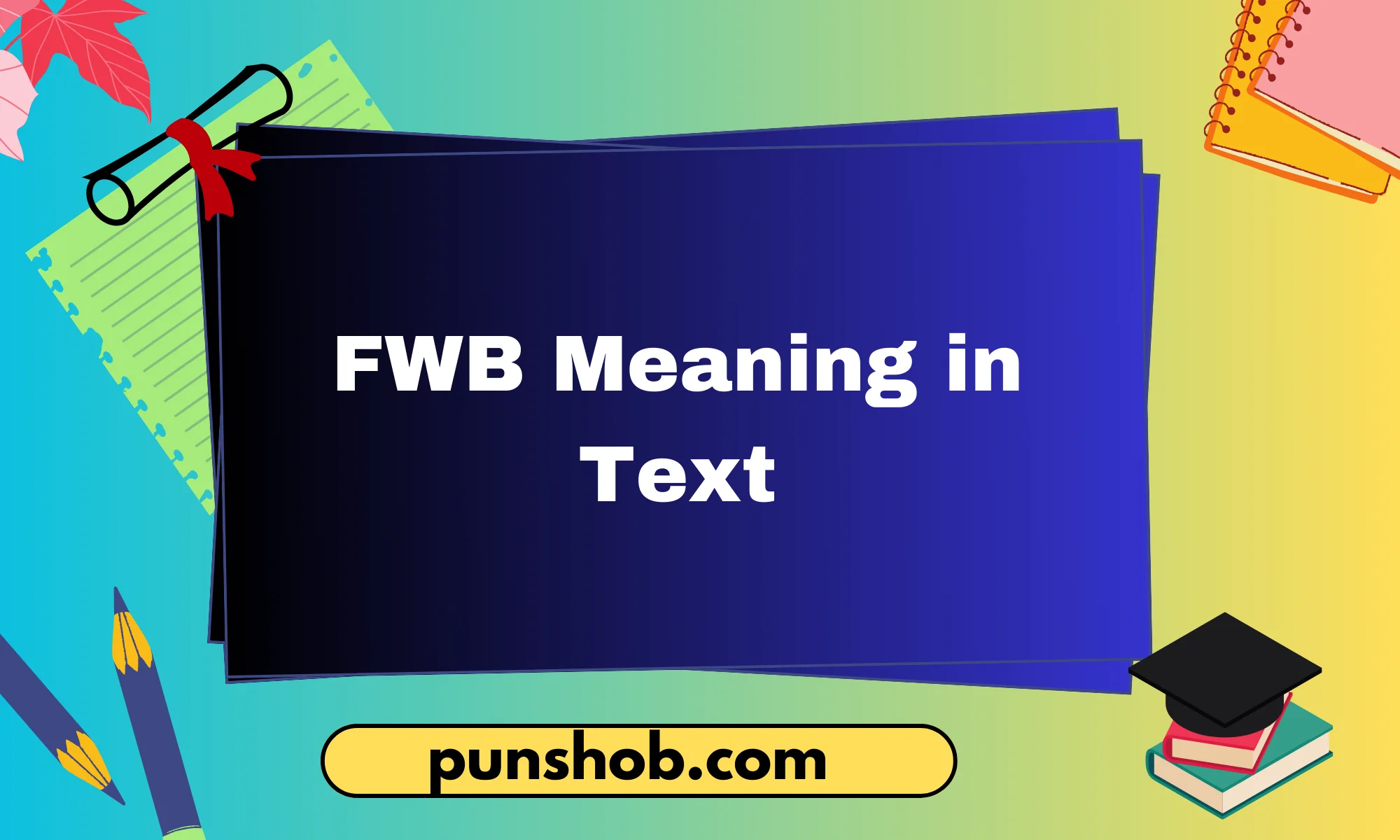
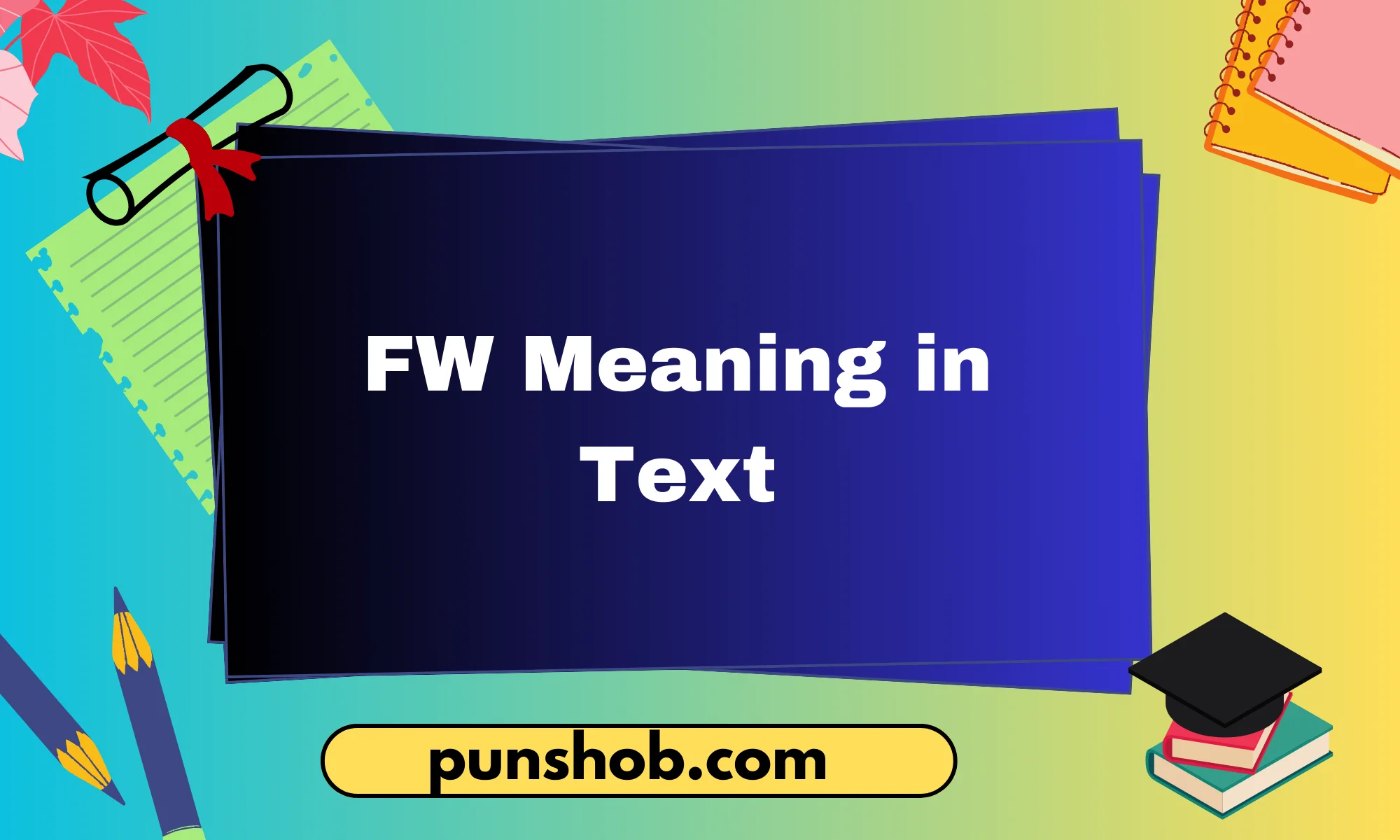
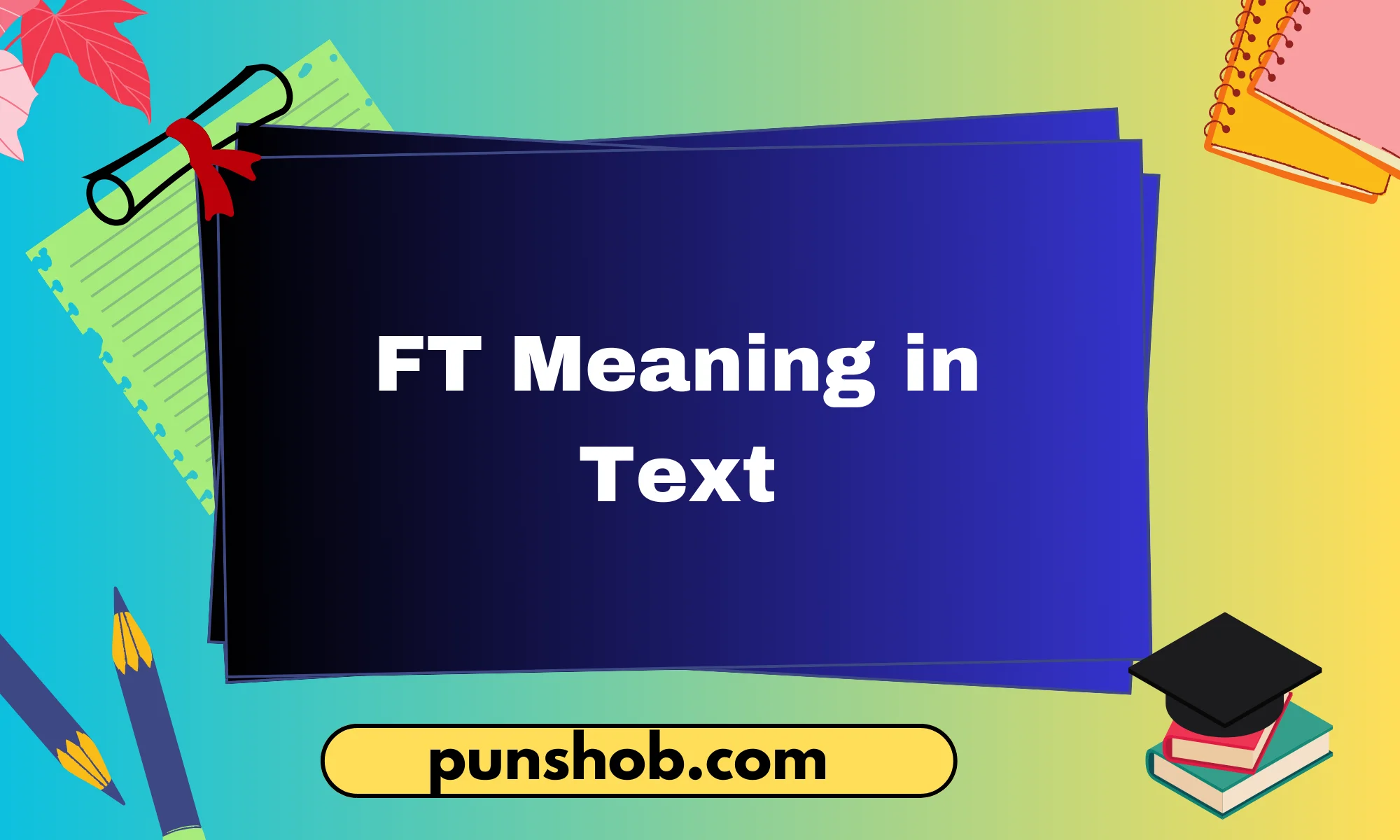
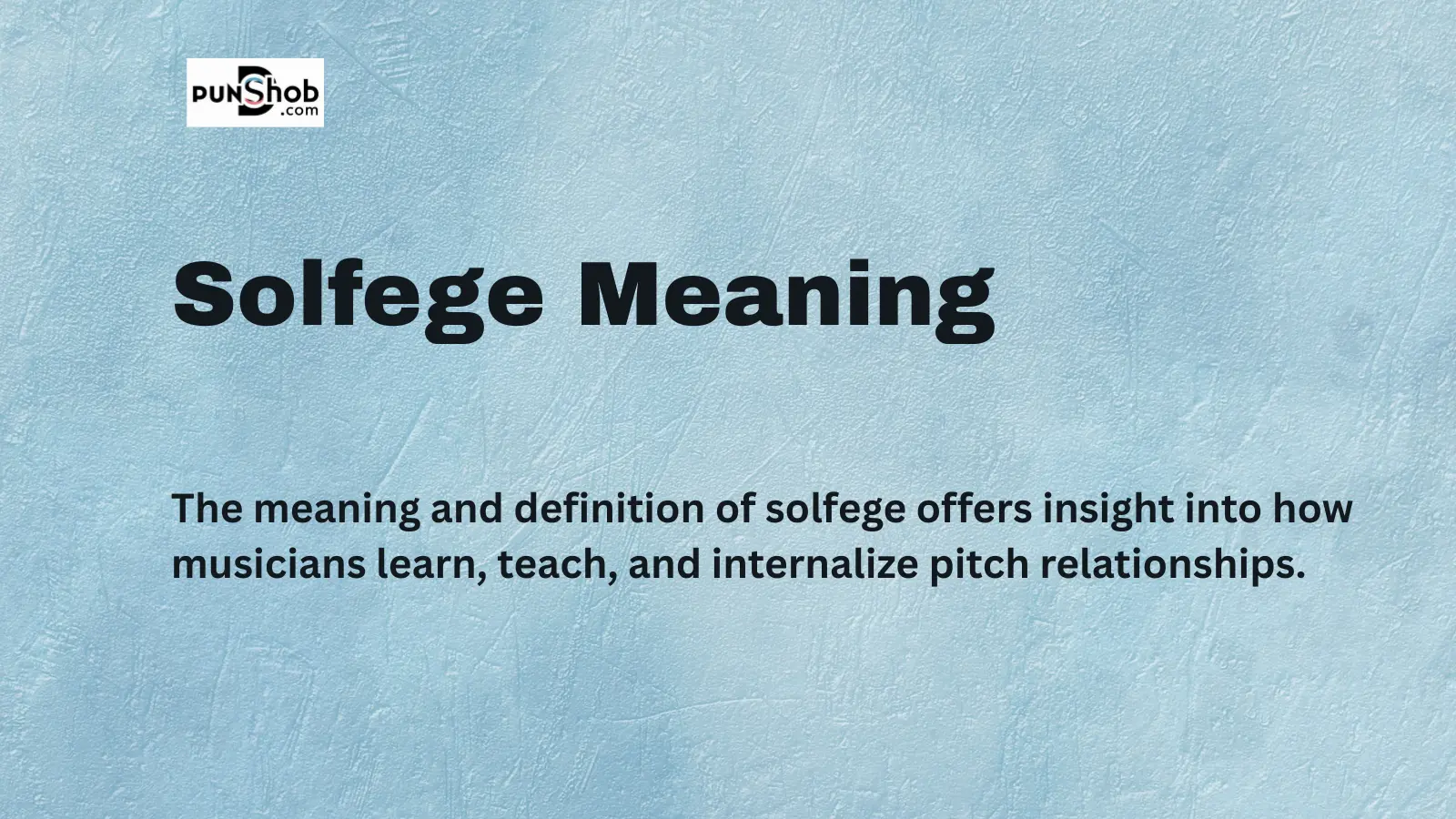

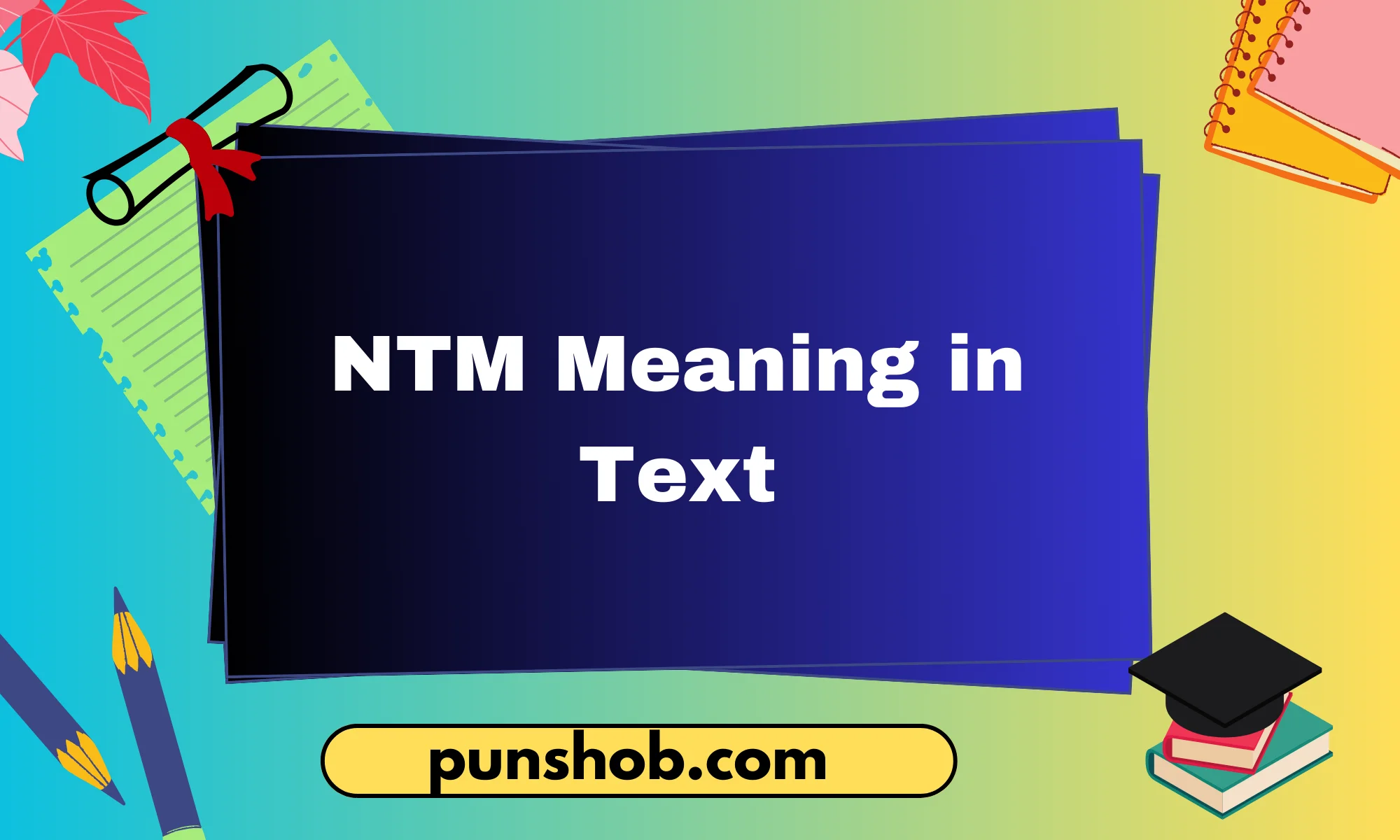
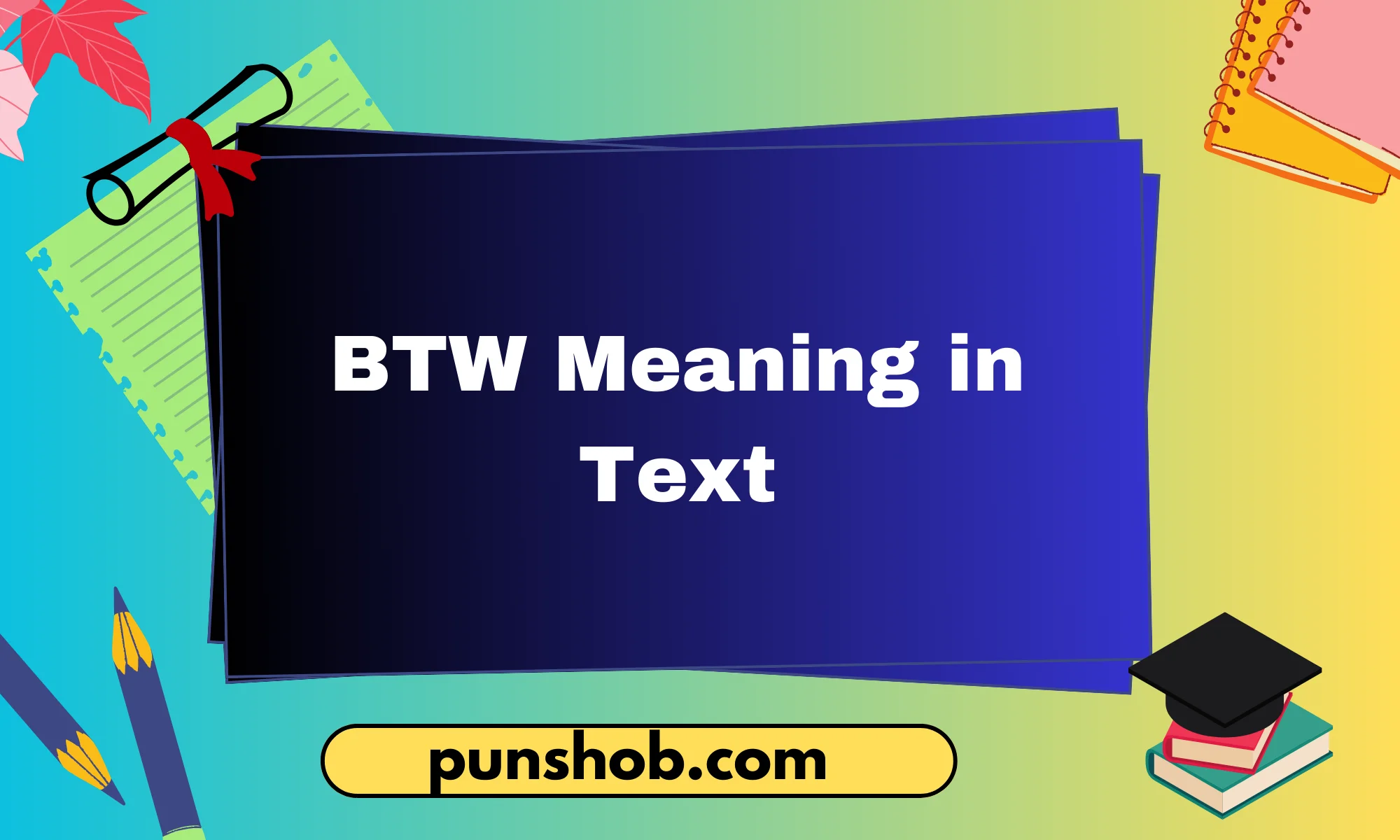
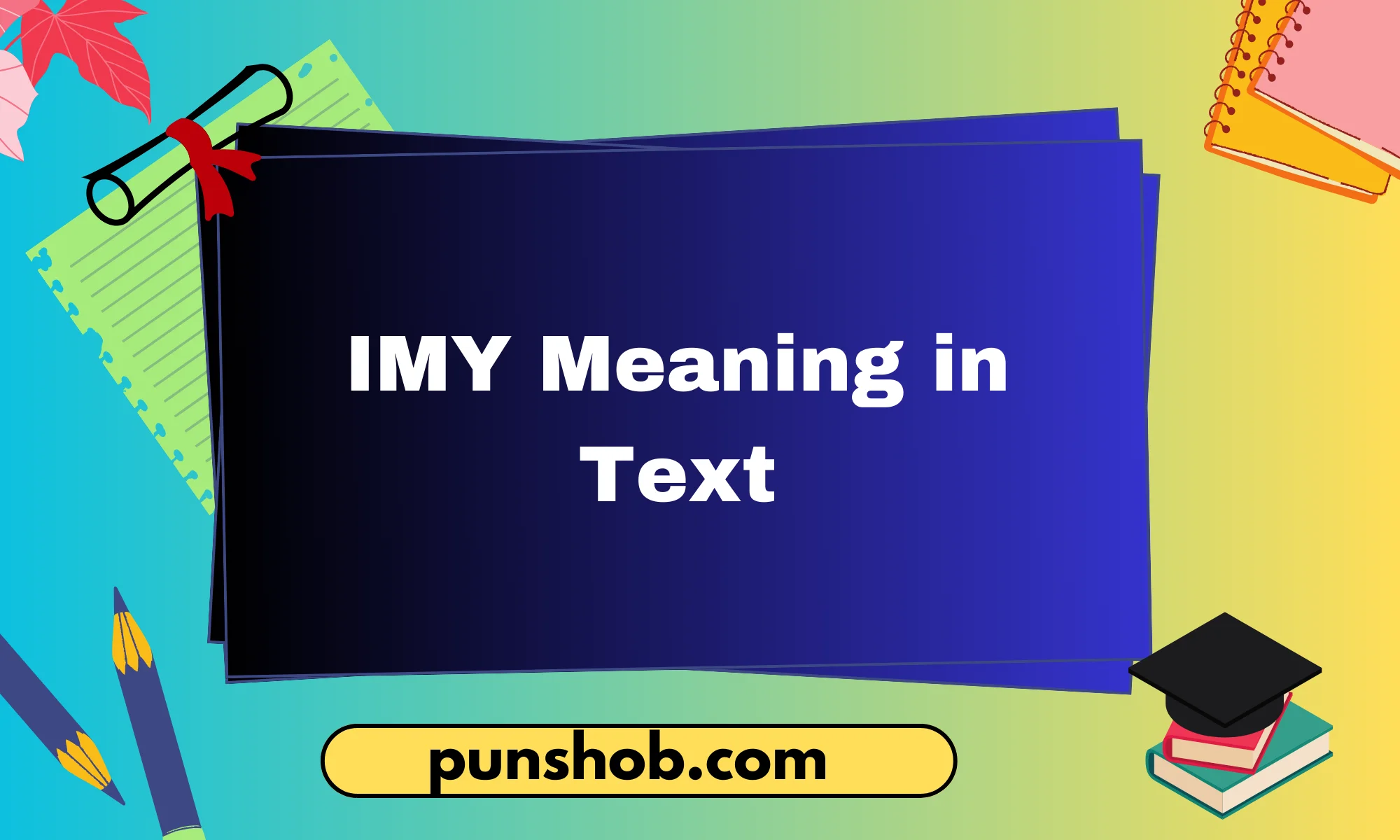
Leave a Reply